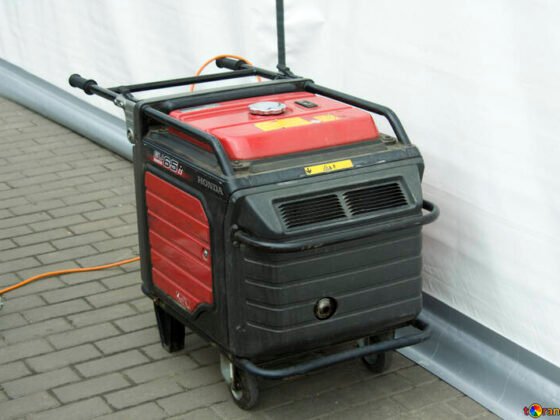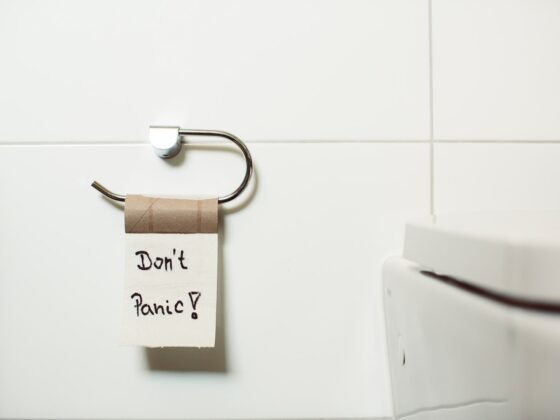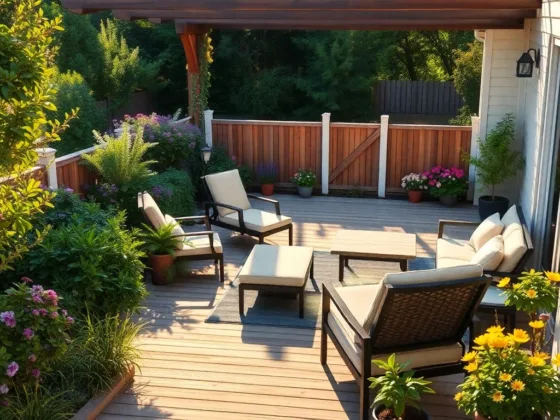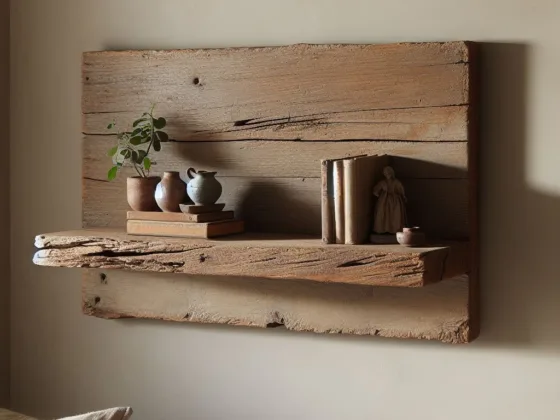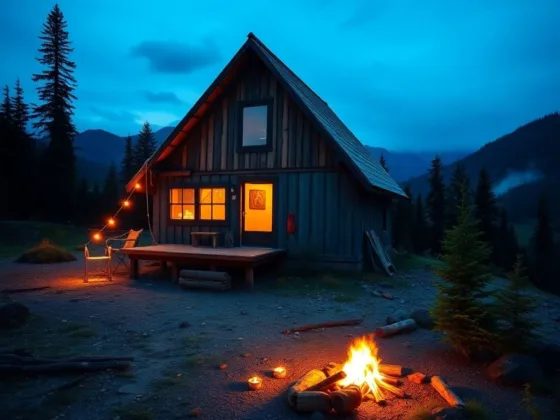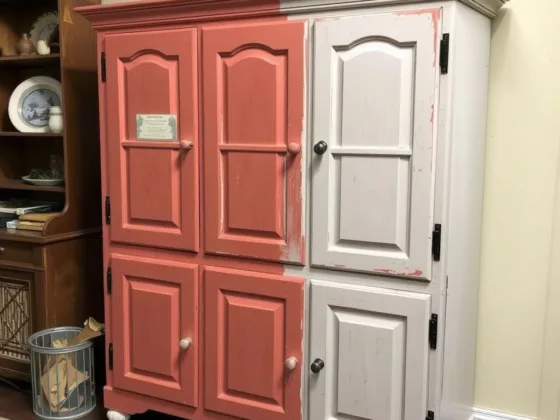Table of Contents Show
Are you thinking about landscaping? Start here first.
In the United States, more than 912,000 people are employed as landscaping and groundskeeping workers. It can cost up to twenty dollars an hour to get professional yard work done.
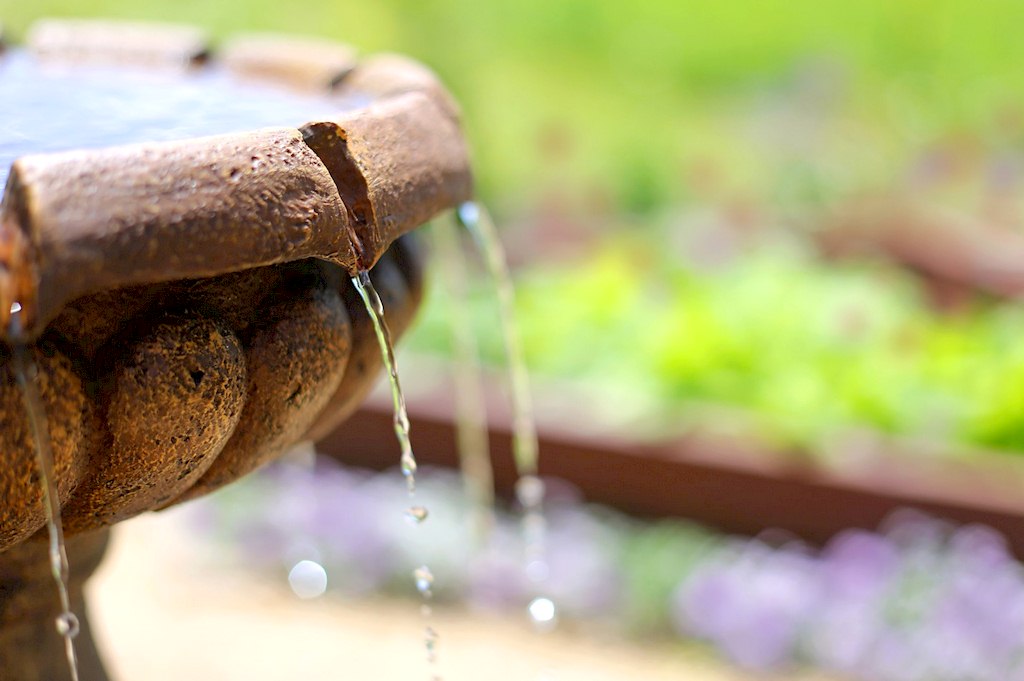
If you want to save some serious $$, then the real question is, how do you do DIY landscapes?
For homeowners looking for the best, check out this guide of how to landscape your lawn like a pro.
Read Also:
Assess Your Yard Situation
The first step in landscaping is to assess your yard situation. Consider how the wind moves through your yard. Plan to block out the main lines of wind with trees and shrubs to create the perfect sitting area.
Check out the path of the sun in your yard. Plant trees that can provide lots of shade to protect your DIY yard from the harsh heat during the day.
Remember to think about what you want out of your landscape ideas. Make a list of your wants and needs and create a timeline to realize them.
Start With the Hardscape
Before you add any plants, start with the hardscape. This can include things such as a:
- Sidewalk
- Perch
- Driveway
- Deck
- Fencing
- Patio
Hardscape projects tend to involve construction that will damage plants and soil. Do hardscaping first to realize the definition and organization of your landscaping ideas. Try to accentuate natural features and areas.
Transform Your Soil
Most plants prefer soil that is slightly acidic. During your back and front yard landscaping, remember to add conditioners to the soil such as:
- Peat moss
- Coconut fiber
- Compost
- Shredded pine bark
- Leaf mold
Be sure to loosen the soil to help foster the root growth of seedlings. Remember to define your bed and turf lines clearly. Try a garden hose to create an outline. Spray your line with paint until you’re ready to set it in stone.
Know-How to Plant
One of the most important front yard landscaping ideas is to plant next to your house. Avoid covering up your house. Choose groundcover or low-growing shrubs in front of porches and first-floor windows.
Save larger plants like trees and rounded shrubs for the corners of your house in order to soften the harsh edges. Choose a variety of colors, and when in doubt, go green.
Consult the USDA Plant Hardiness Zone Map to determine when to plant in your area. This tool considers the average annual extreme low temperatures to inform you of the best time of year to plant. Remember to water young seedlings often!
Lastly, if you commit to DIY landscapes, consider getting a third party to look after the place, such as this property management company. Renters can easily let gardens to waste, and with that all your hard work.
DIY Landscapes Aren’t Hard
Despite what some might say, DIY landscapes are not all that hard to do. Now that you’re armed with these tips there’s nothing stopping you from bringing your own landscaping ideas to life.
What are you waiting for? Your landscape awaits!
Want to see more posts like this one? Check out the rest of our blog to learn more.
